Sir Frederick Morgan: Outstanding and Unique The ‘Unknown’ Officer behind Operation Overlord / D Day
Lieutenant General Sir Frederick Edgeworth Morgan KCB (5 February 1894 – 19 March 1967)
From June 1869 until 1923 the Horrocks and Morgan families were at the centre of the community in Paddock Wood. Village events were held on the grounds of their property and members of the families took an active part in village affairs.
The ‘Great War’ or WW1 (1914-1918) was during their period of ownership and many will know of their iconic house Mascalls Manor.
Mascalls Manor is therefore the birthplace and childhood home of one of the most notable and important figures of WW2.
General Sir Frederick Morgan ‘Freddy’ was responsible for Operation Overlord, in other words he masterminded the D Day landings of WW2 (1939-1945) which secured the outcome of the war..
When the time was right Sir Winston Churchill named Sir Frederick as leader of the British and American war team having worked in great secret preparing a plan for the invasion of Normandy. Churchill paid tribute to this work, work that began long before General Eisenhower was appointed Supreme Commander of the Allied Forces in Dec 1943.
Morgan’s plan had been approved in August 1943 at the Quebec conference. General Eisenhower awarded Sir Frederick the Legion of Merit in 1945.
Sir Frederick wrote a book about his work and the invasion titled Overture to Overlord, 1950:Hodder & Stoughton. In it he states:
“Sound opinion is not the exclusive prerogative of those who are paid to give it” and so during 1943 and early 1944, along with an assistant, he visited at least one Marylebone hotel where he started debates about sending an attack across the Channel. Frederick wanted to know what others were thinking.
It was not until 1950 that the people whose ideas he had explored realised who they had been talking to!
In March 2013 Bill Weidner reviewed this important, yet little known, publication stating
“Overture to Overlord is a must for the serious military historian. Nobody knows how much we owe Freddy Morgan. One of those outstanding British officers who seemed to fall through the historical cracks – little has been written about him and one finds even fewer references to his wonderful book……”
In a published letter to General Morgan after the war John Bull wrote,
“In this welter of praise and publicity the people of this country rarely hear your name mentioned. I don’t suppose one man in a hundred knows who you are or what you have done. Yet, it was your plan that made possible the glorious victories that carried allied armour across Western Europe…that made possible the liberation of Paris & Brussels and millions of people who for years had lived in the shadow of tyranny….
Eisenhower may go down as the Liberator but history will record you as the man who made Liberation possible”
The operation commenced on 6 June 1944 with the Normandy Landings known as D Day.
Frederick Morgan had also been a gunnery officer during WW1.
Brigadier E C Anstey DSO, Military correspondent to the Daily Sketch wrote:
“Known to all as Freddy Morgan, General Morgan is one of the best known and popular officers of the Royal Artillery. I met him 14 years ago when he was my Brigade Major in Quetta. One of the best staff officers I have known, he was utterly reliable full of sound judgement and common sense, with a wonderful sense of humour”
Sir Frederick’s father Captain Beverley Morgan, seated centre in the picture, ran the Paddock Wood Local Volunteer Reserve (1914-1918).
This was equivalent to the Home Guard of WW2.
He had married Clara Horrocks, daughter of Mary Elizabeth Horrocks who died in 1899 aged 71.
Mary Elizabeth Horrocks is buried in Paddock Wood Churchyard. A Parochial Hall was built in her memory on the site behind the current war memorial. However the building was demolished in 1967, poignantly during the same year as Lt General Sir Frederick Morgan, her grandson, died aged 73 in Northwood Middlesex.
Stephen Beverley Morgan was the younger brother of Frederick and second son of Captain Beverley Morgan. He became a Second Lieut. and tragically, at the age of only 19 was killed, during the spring of 1915, on duty in the trenches of France.
Frederick had not long returned to the front having been sent home invalided.
He is seated at the centre of this picture with Stephen top right along with their siblings
Frederick himself had suffered from shell shock after a narrow escape stooping for his glasses and being thrown in to the shell’s crater as a result
Siegfried Sassoon’s family from ‘up the hill’ would have known the Morgans, perhaps through cricket. Stephen Morgan had excelled at cricket and represented Clifton College against Tonbridge School at Lords.
Mascalls Manor, the beautiful house where Sir Frederick and members of his family were born was lovingly restored in more recent years by John & Elaine Edwards who bought it in a dilapidated state in 1975.
Today, having been plundered by thieves the house is waiting for another family to love it and remember the important history and unique significance of those who have lived there…
Jack Walker records how, on July 1st 1953, Lt General Sir Frederick Morgan KCB returned to Paddock Wood to lay the foundation stone for the new St Andrews Church. He was very pleased to do this saying “It is striking that those who represent the past should be asked to take part in a ceremony which represents so clearly the future”.
A plaque of alabaster in the ‘new’ Church marks the memory of his younger brother 2nd Lt Stephen Beverley Morgan
From a well known song by Eric Bogle… reflections about a WW1 war grave
And I can’t help but wonder, now Willie McBride,
Do all those who lie here know why they died?
Did you really believe them when they told you “The Cause?”
Did you really believe that this war would end wars?
Well the suffering, the sorrow, the glory, the shame
The killing, the dying, it was all done in vain,
For Willie McBride, it all happened again,
And again, and again, and again, and again.
That is why we must never NEVER forget …….
Aside from those mentioned in text. Credits and thanks to the work of John and Elaine Edwards, Jack Walker and Pat Dadson.
Sarah Hamilton

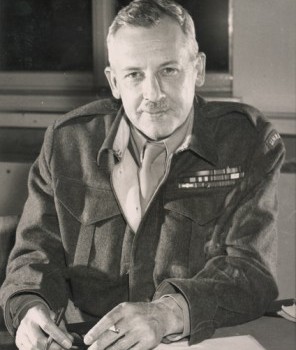
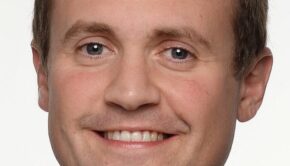
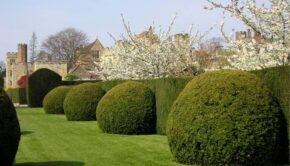
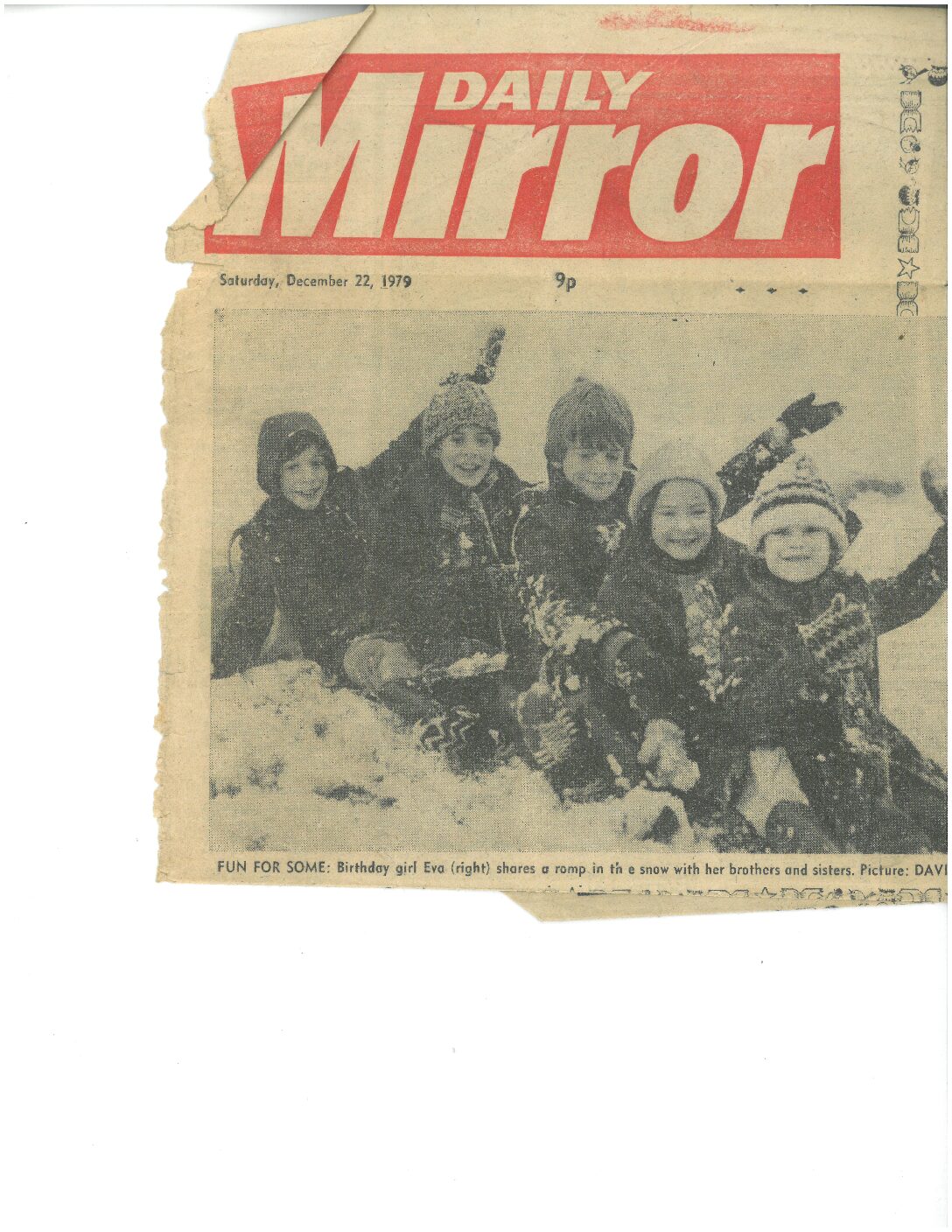
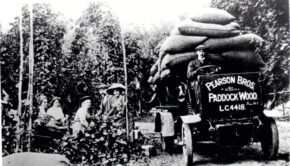
Comments